Gear up for your summer of reading! Today I’m going to share my treasure with you. Yes, some of my favorite books, as a list, so forgive my love for certain subjects obviously overrepresented on this list. 😉 These are not books on writing but on science-y part of the science fiction.
Why forty nine? I went through my library list and I had to cut out a lot of what initially could have made this list because there were just too many. I ended up with this amount of entries by chance, so I kept the number. I’ll group them by subject and by level of comprehension, with more specialized and science-heavy books at the end of the list. I’ve linked book titles to their respective Goodreads pages.
I encourage you to add your favorite books on the post subject in comments below. If you’ve read any of the books on this list, feel free to share your opinion on those for others to see. (Comments are moderated because the spam influx is overwhelming.)
So, let’s begin.
1. The Writer’s Guide to Creating a Science Fiction Universe by George Ochoa
 This is a great book for those interested in Science Fiction. It is written in a way that is easy to understand. It’s a great reference book on various science and technology topics — space and spaceships, planets and planet design, aliens, designing a future setting, nanotechnology, intelligent machines, bioengineering, and alternate universes — without getting into too much detail of science or mathematics. It is a bit dated (1993), but it’s a good starting place.
This is a great book for those interested in Science Fiction. It is written in a way that is easy to understand. It’s a great reference book on various science and technology topics — space and spaceships, planets and planet design, aliens, designing a future setting, nanotechnology, intelligent machines, bioengineering, and alternate universes — without getting into too much detail of science or mathematics. It is a bit dated (1993), but it’s a good starting place.
2. World-Building (A Writer’s guide to constructing star systems and life-supporting planets) by Stephen L. Gillett
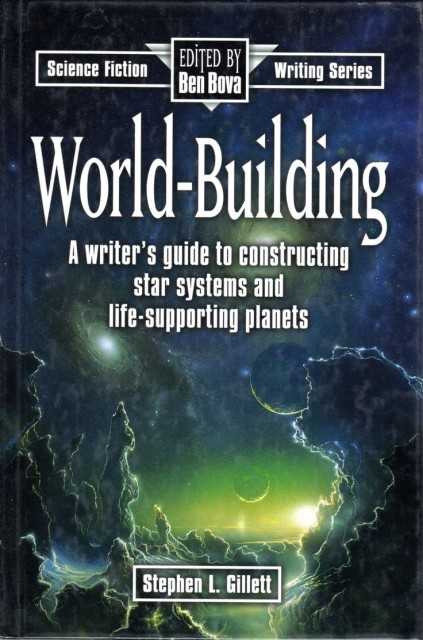
This is a book dealing with rocks, not cultures and all that meat, and I have a love-hate relationship with this one.
On one hand it’s a good guide to structure your creation process.
On the other hand… *throws it against the wall*
My only warning about this book is that the math is rather shaky in it (yes, errors), which was a good thing, because it urged me to seek out scientific books (will be listed below) and articles on the subjects to get the right formulas. Also, fuck you, imperial units. Die a brutal, fiery death. In a book dealing on scientific subjects one should use metric system, not both.
3. Aliens and Alien Societies (A writer’s guide to creating extraterrestrial life-forms) by Stanley Schmidt
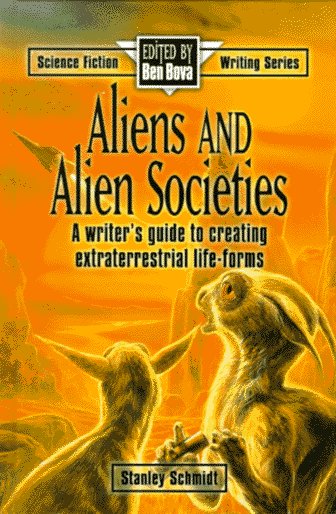
Just as the title says: it teaches writers how to use real scientific knowledge of our universe to create more convincing extraterrestrial life forms in their science fiction or fantasy novel. Unfortunately it is too basic and tries to achieve it all. But it’s a good item to start you thinking.
4. The Science Of Aliens by Clifford A. Pickover
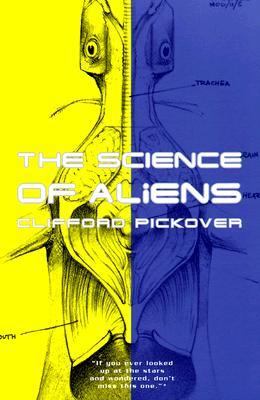
This is a fun book. Pickover discusses appearance, environments, communications, etc. He discusses life as we know it in very hot, cold, airless, acidic, alkaline, salty, high pressure, and dry conditions. He then proceeds to speculate on environments as inhospitable (relatively) as a high gravity Brown Dwarf, and the vacuum of space. He also makes the interesting proposition that the first aliens that we meet will likely be ‘immortals’. He evokes questions such as: Could there be structures to contain the intelligence of immortals left over from the age of matter? Could these structures simulate universes of matter that appear to their inhabitants to be like the universe we currently inhabit?
5. Space Travel (A writer’s guide to the science of interplanetary and interstellar travel) by Ben Bova and Anthony R. Lewis
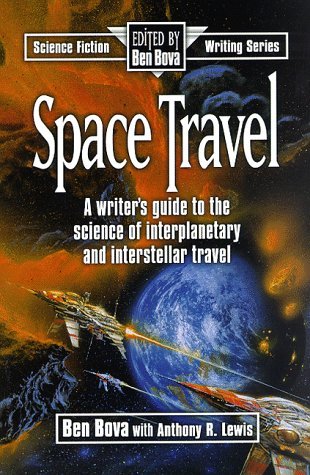
A solid reference for science fiction writers and anyone else who wants to know how space travel works now and may work in the future. It’s dated (1997), of course. The book explains concepts in a easy to understand manner and is geared towards beginners. If you want more information on the subject, you’ll have to look elsewhere. The next book on the list is a more in-depth guide to that.
6-8. The Starflight Handbook by Eugene F. Mallove
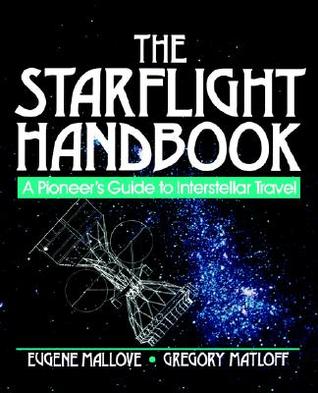
Though not the freshest on the list (1989), this is one of the best books on the methods for interstellar travel. Can be considered a light overview of the engineering and astrophysical challenges of interstellar flight. The thing that sets this book apart is that it focuses on providing the ideas behind as many techniques as possible while still giving technical details (with some equations) enough to have an understanding a little deeper than only words could provide.
The majority of books dealing with prospects for interstellar flight tackle the problem of the propulsion systems that will be needed to send a craft on an interstellar trajectory. Deep Space Flight and Communications: Exploiting the Sun as a Gravitational Lens (Astronautical Engineering) by Claudio Maccone looks at two other, equally important aspects of such space missions: the possibility to exploit the focusing effect of the Sun as a gravitational lens for scientific missions to distances of 550 AU and beyond into interstellar space, and the problems of communicating between an interstellar spaceship and the Earth, especially at very high speeds.
One more book to mention here is, of course, The Standard Handbook for Aeronautical and Astronautical Engineers by Mark Davies.
9. Centauri Dreams: Imagining and Planning Interstellar Exploration by Paul Gilster
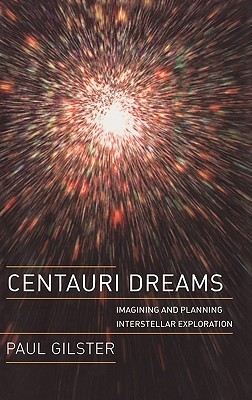
Fascinating look into the possibilities of science and space exploration of the future and what’s being done now to move towards that future. The book is actually the beginning of the dialogue that still goes on at the Centauri Dreams blog. Check it out, there’s plenty of interesting stuff.
10-11. Entering Space: Creating a Spacefaring Civilization by Robert Zubrin

This is Zubrin’s ultimate manifesto for mankind conquering space. In this inspiring, relatively technical read Zubrin offers his take on the various reasons for going into space, and shows that many of the often-cited ones are economically unfeasible. You should also try his book The Case for Mars: The Plan to Settle the Red Planet and Why We Must.
12. This New Ocean: The Story of the First Space Age by William E. Burrows
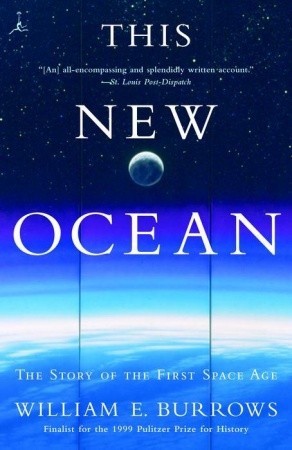
If you’re into history of Space Age and there’s anything you need to know about Space Race, this one is a good choice. The book covers the period from the beginning of rocketry through its date of publication (1999). Its major and significant strengths are that it includes a very good treatment of international efforts in space, not just U.S., and especially in the early years; and that it covers not just civil but defense and security space.
13. An Astronaut’s Guide to Life on Earth by Chris Hadfield

Want to learn how to think like an astronaut? Read this book. In An Astronaut’s Guide to Life on Earth, Col. Hadfield takes readers deep into his years of training and space exploration to show how to make the impossible possible. The secret to Col. Hadfield’s success — and survival — is an unconventional philosophy he learned at NASA: prepare for the worst-and enjoy every moment of it.
14-15. Marswalk One: First Steps On A New Planet by David Shayler

This book addresses the question of why a journey to Mars must be made, documenting what the first human crew will do when they disembark on the planet. The book also addresses why we need to carry out these tasks and, more importantly, what a human crew could achieve that an automated mission could not. The main objective of the work is to look at what science will be done on the surface – supported by orbital operations – and what hardware and technology will be employed to achieve the mission objectives.
Also, Shayler’s book Walking in Space, that details on EVAs, shows how hardware and crew members are prepared for, protected and supported during every spacewalk.
16. Exploring Ancient Skies: A Survey of Ancient and Cultural Astronomy by David H. Kelley
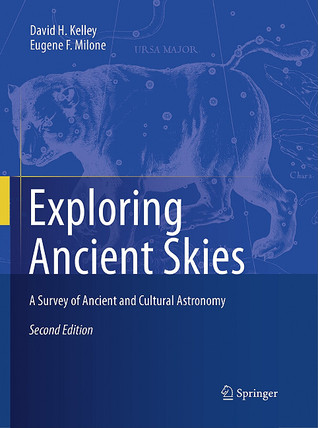
Compares archaic astronomical knowledge across cultures and provides the basics of naked-eye observation. If your fictional world needs some ideas in department of pre-telescope era astronomy, this is the book to go to. Includes stuff on ancient cosmologies and also some serious astronomy and maths.
17. The Writing Revolution: Cuneiform to the Internet by Amalia E. Gnanadesikan

This book delves into the writing systems of the world. It’s a little technical, but other than that, it does a wonderful job dissecting the history of written languages, their evolutionary paths, and how to read them based on current archaeological knowledge.
18-19. Eyeballs, color perception, and how the colors appear in different languages.
Through the Language Glass: Why the World Looks Different in Other Languages by Guy Deutscher
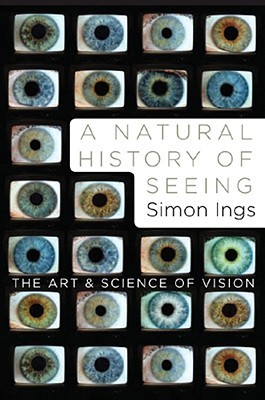
A Natural History of Seeing: The Art and Science of Vision by Simon Ings
20-37. Astrobiology/Astrochemistry/Planetary Sciences. Planets and planetary systems: formation and habitability. Astronomy.
Astrobiology: A Brief Introduction by Kevin W. Plaxco, Michael Gross
Complete Course in Astrobiology by Gerda Horneck (Editor)
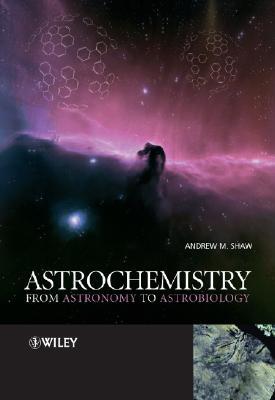
Astrochemistry: From Astronomy to Astrobiology by Andrew M. Shaw
The Planetary Scientist’s Companion by Katharina Lodders, Bruce Fegley Jr.
Intelligent Life in the Universe: Principles and Requirements Behind Its Emergence (Advances in Astrobiology and Biogeophysics) by Peter Ulmschneider
Fitness of the Cosmos for Life: Biochemistry and Fine-Tuning by John D. Barrow (Editor)
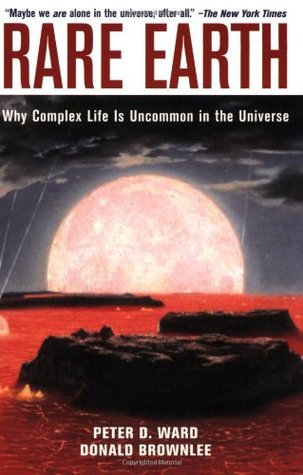
Rare Earth: Why Complex Life Is Uncommon in the Universe by Peter D. Ward, Donald Brownlee
Geology and Habitability of Terrestrial Planets (Space Sciences Series of ISSI #24) by multiple authors
Habitability and Cosmic Catastrophes (Advances in Astrobiology and Biogeophysics) by Arnold Hanslmeier
Habitable Planets for Man by Stephen H. Dole
Planet Formation: Theory, Observations, and Experiments by Hubert Klahr (Editor)
Planetary Systems: Detection, Formation and Habitability of Extrasolar Planets (Astronomy and Astrophysics Library) by Marc Ollivier, T. Encrenaz, Françoise Roques
Exoplanets: Detection, Formation, Properties, Habitability (Springer Praxis Books / Astronomy And Planetary Sciences) by John Mason (Editor)
Extrasolar Planets: Formation, Detection and Dynamics by Rudolf Dvorak (Editor)
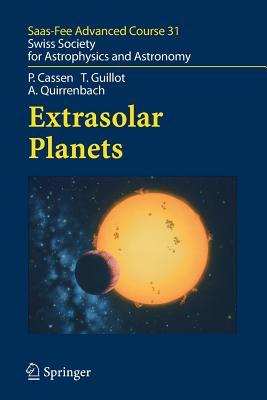
Extrasolar Planets: Saas-Fee Advanced Course 31 by Patrick Cassen, Tristan Guillot, A. Quirrenbach
Solar System Astrophysics 2 Volume Set: Background Science and the Inner Solar System/Planetary Atmospheres and the Outer Solar System (Astronomy and Astrophysics Library)
Europa – The Ocean Moon: Search for an Alien Biosphere by Richard Greenberg
Spectroscopy: The Key to the Stars: Reading the Lines in Stellar Spectra by Keith Robinson
38-40. Climate and its impact on civilization. Meteorology, weather of certain landscapes. (I list these as an example, but you probably can find similar material for any type of biome/landscape. Library is your friend.)
The Long Summer: How Climate Changed Civilization by Brian M. Fagan
Desert Meteorology by Thomas T. Warner
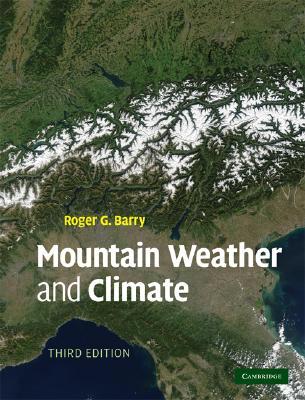
Mountain Weather and Climate by Roger G. Barry
41-49. Neurobiology, brain-machine interface engineering, robots, bionanotech, biomedical engineering, and all that stuff.
Brain Machine Interfaces for Space Applications: Enhancing Astronaut Capabilities by Leopold Summerer (Editor), Luca Rossini (Editor), Dario Izzo (Editor)
Brain-Machine Interface Engineering by Justin C. Sanchez
Neural Interfacing Forging The Human Machine Connection by Thomas D. Coates Jr.
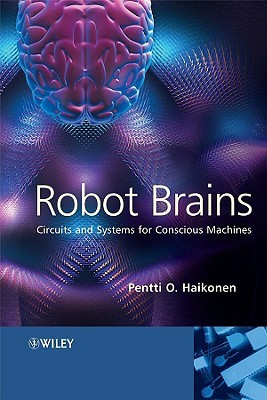
Robot Brains: Circuits and Systems for Conscious Machines by Pentti O. Haikonen
Bionanotechnology by Elisabeth S. Papazoglou
Nano-Engineering in Science and Technology: An Introduction to the World of Nano-Design (Series on the Foundations of Natural Science & Technology) by Michael Rieth

Self Comes to Mind: Constructing the Conscious Brain by Antonio R. Damasio
In Self Comes to Mind leading neuroscientist explores with authority, with imagination, and with unparalleled mastery how the brain constructs the mind and how the brain makes that mind conscious.
Computation and Cognition: Toward a Foundation for Cognitive Science by Zenon Pylshyn
The Biomedical Engineering Handbook (2 Volumes) by Joseph D. Bronzino

Holy smokes! That’s a lot of books! I’m going to share this with my writers’ group. They’ll be so happy. 😉
Thanks! Glad it was useful. 😀
I own about 2/3 of those. 🙂 Excellent books indeed!
Now you have more to add to that pile 😉
Great list!
Thanks!
Dear Jeno. Thank you for including my book “Robot Brains” in your excellent list, I am really flattered. However, this is a rather expensive book for engineers. Better books for SF-ideas woud be my “Cognitive approach to conscious machines” and “Consciousness and Robot Sentience”. These are easy to understand, no math, and contain lots of ideas.
Thank you for the suggestions! Will definitely check out your other books too. Being an engineer myself, I do know how expensive engineering books are, and no worries, some of us actually enjoy having math in our books, so all of them are welcome.